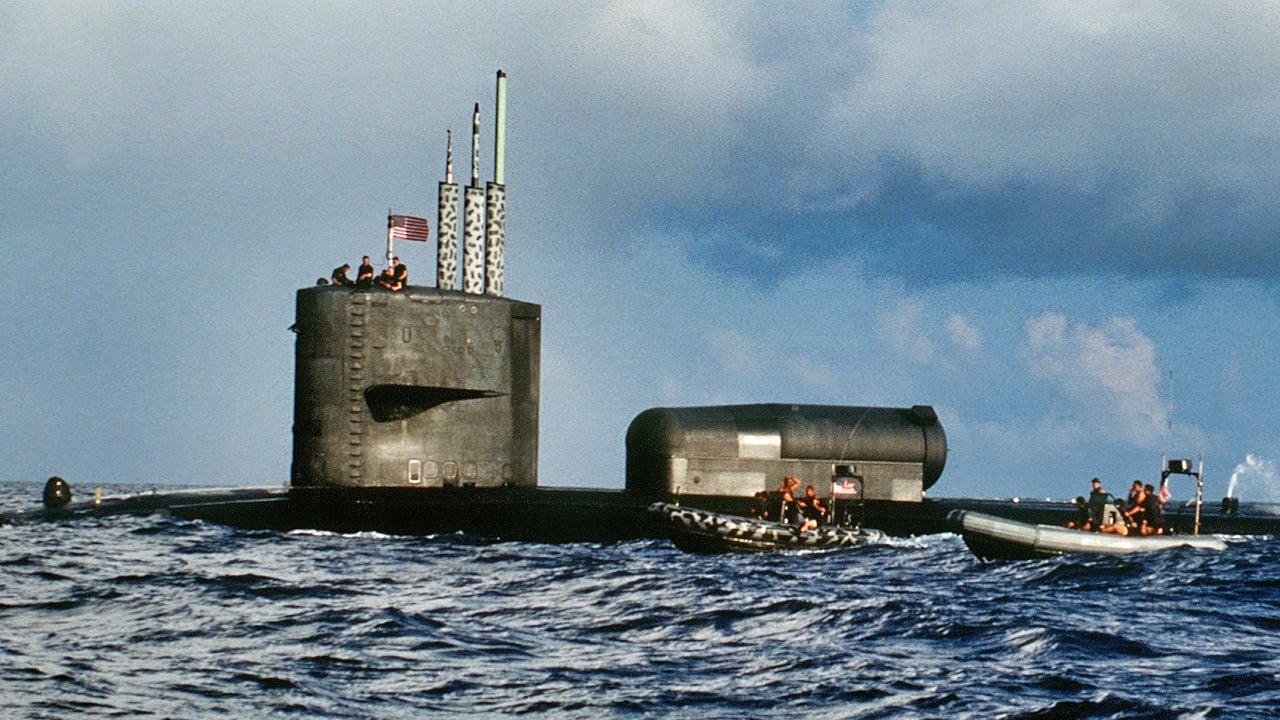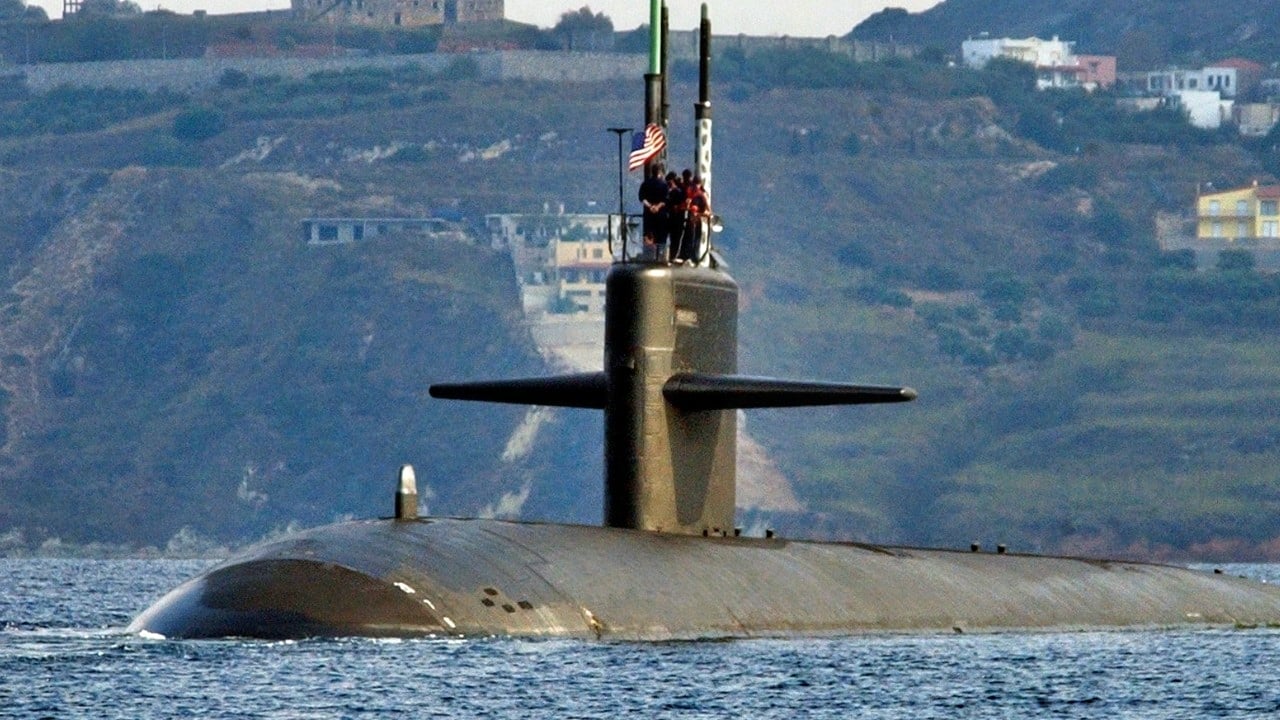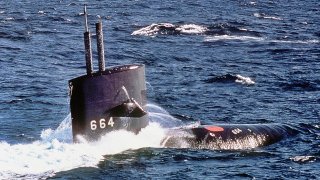'The Boat Is Lost': How a Sunken Navy Nuclear Submarine Changed Everything
In 1963, the USS Thresher (SSN-593), a nuclear-powered attack submarine and the lead vessel of her class, tragically sank during deep-diving tests off the coast of Massachusetts, resulting in the loss of all 129 crew members.
What You Need to Know: In 1963, the USS Thresher (SSN-593), a nuclear-powered attack submarine and the lead vessel of her class, tragically sank during deep-diving tests off the coast of Massachusetts, resulting in the loss of all 129 crew members.

-The submarine had reported "minor difficulties" at a depth of about 1,300 feet before losing communication. While initial theories pointed to a piping system failure, the exact cause remains uncertain.
-This disaster led to the creation of the U.S. Navy's SUBSAFE program, a rigorous safety protocol that has since been instrumental in preventing similar incidents.
-The Thresher tragedy remains one of the most devastating in Navy history, highlighting the critical importance of submarine safety measures.
USS Thresher Submarine Accident Was Like No Other
When the USS Thresher nuclear-powered attack submarine sank to the bottom of the ocean floor in 1963, 129 of her crew members perished. While this tragedy was shocking, the U.S. Navy implemented the rigorous submarine safety program (SUBSAFE) in the aftermath, a program that continues to keep nuclear attack submarines (SSNs) safer at sea today.
Various analyses of the Thresher sinking provide several different rationales for what happened on that dreadful day in 1963. The service has even released previously classified documents about the incident recently. However, a definitive explanation of the sinking has never been disclosed, making the demise of the Thresher one of the Navy’s one preeminent tragedies in the service’s history.
The USS Thresher was developed in the early days of the Cold War to hunt and destroy enemy submarines. As the lead boat of her class of nuclear-powered SSNs, Thresher was named after the deadly thresher shark. At the time of her sinking, Thresher was equipped with the latest and greatest weapons systems and passive and active sonar. The formidable ship effectively combined the capabilities of attack and hunter-killer ships, making it a vital resource for the Navy’s arsenal.
The Incident: How a Nuclear Sub Was Destroyed
USS Thresher (SSN 593) was participating in deep-diving tests on April 9, 1963, off the coast of Massachusetts when she made her final communication. The day before the sinking, Thresher conducted sea trials alongside the Penguin-class rescue ship USS Skylark. As part of the drills, Thresher dove at a slow pace beneath Skylark while maintaining communications. When Thresher reached a depth of roughly 1,300 feet, Skylark received the alarming message: “ … Minor difficulties. Have a positive up-angle. Attempting to blow …” This was followed by another unclear communique, which included the number 900.

Growing concerned with the lack of response, Skylark began dropping grenades as a signal for the Thresher to surface. When no follow-up communications were received, a massive air and surface force rescue team began their search for the missing submarine. Eventually, the Navy sent the Trieste II Bathyscaph to aid in the search effort and the Thresher’s remains were discovered.
Initially, the Navy disclosed that the downfall of the submarine was caused by a failure in the boat’s piping system. However, this belief was ultimately dismissed by experts since it was discovered that a piping-related issue would have sunk the submarine in under a minute and not given sailors aboard the opportunity to relay the “minor problem” message.
As a result of the Thresher disaster, the SUBSAFE program was born. This system once established “fundamentally changed and improved our (the Navy’s) processes,” according to Rear Adm. John Rucker, former program executive officer of Attack Submarines. Rucker added “These processes - material, construction, maintenance, testing, certification, training, etc. - have been and remain vital to ensuring the safe continued operation of our submarines.”
The Thresher disaster arguably remains one of the most devastating tragedies in the Navy’s history. Safety measures like SUBSAFE help ensure similar disasters are avoided.
About the Author: Maya Carlin
Maya Carlin, National Security Writer with The National Interest, is an analyst with the Center for Security Policy and a former Anna Sobol Levy Fellow at IDC Herzliya in Israel. She has by-lines in many publications, including The National Interest, Jerusalem Post, and Times of Israel. You can follow her on Twitter: @MayaCarlin.
Image Credit: Creative Commons and/or Shutterstock.


